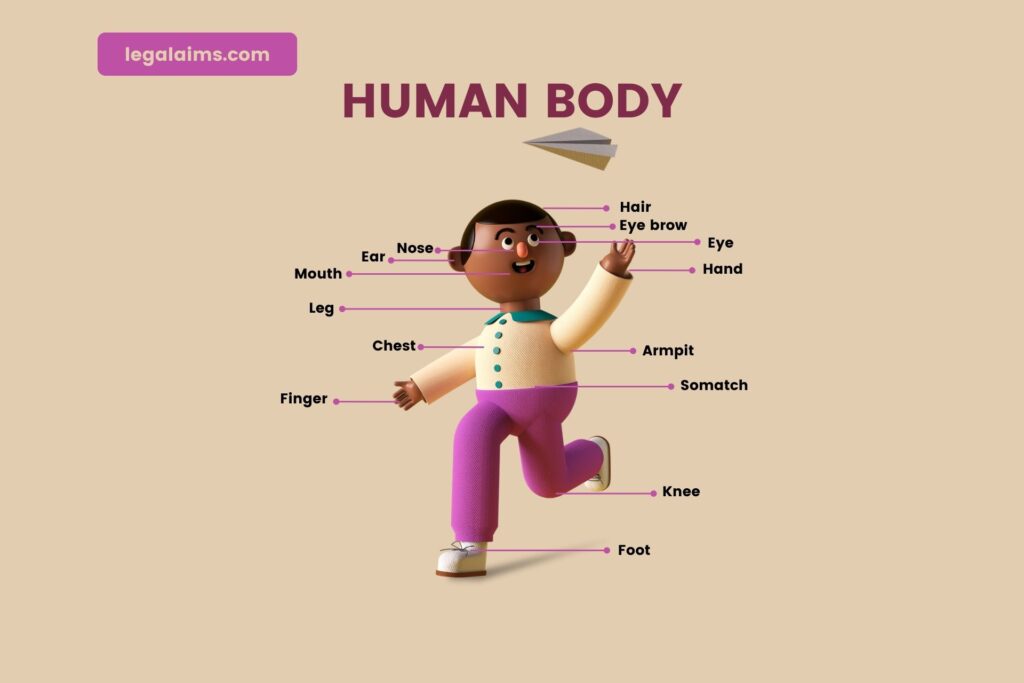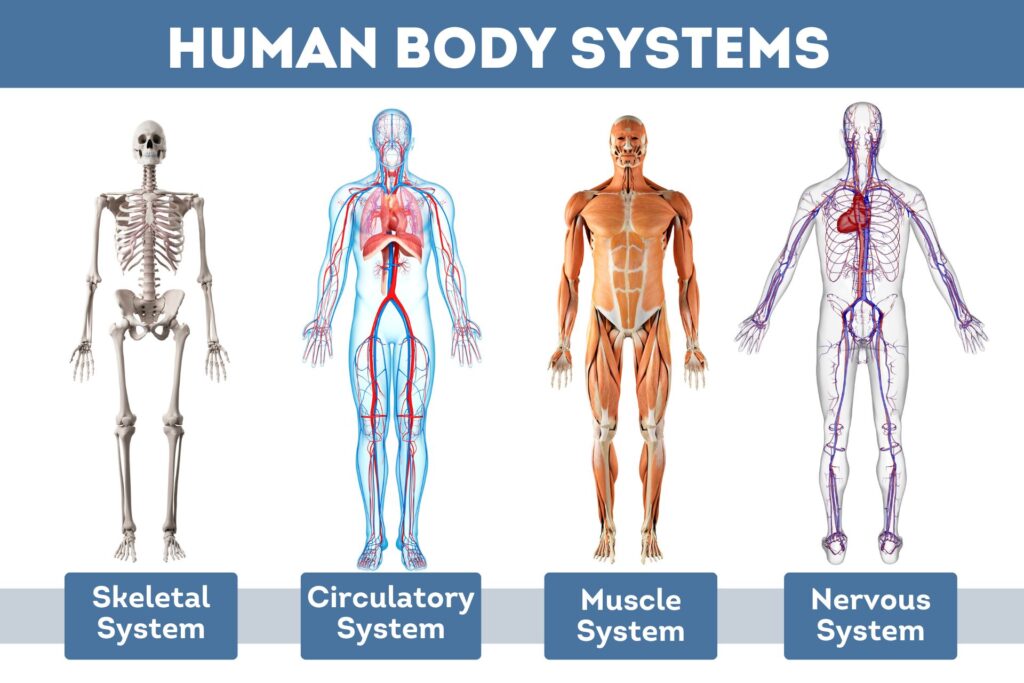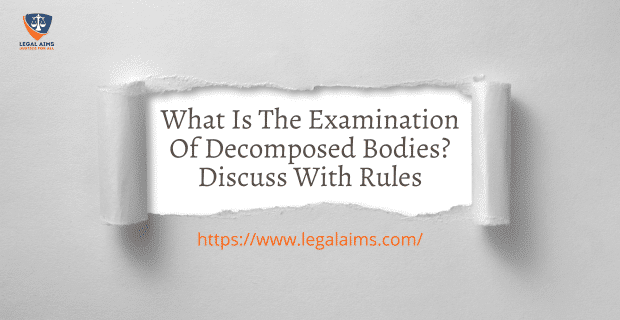Different parts of human body
Introduction to the Human Body
The human body is an incredible and intricate system of multiple parts. It comprises organs, tissues, and cells that all work together to keep the body functioning.
The body is divided into two main parts: the axial part (head, neck, torso and limbs) and the appendicular part (shoulders, hips, arms and legs).
Each part of the human body has its own vital functions that are essential for an individual’s overall health.
The human body is composed of several organs and systems. The digestive system helps break down food and absorb nutrients. The respiratory system moves air in and out of the lungs to provide oxygen to cells.
The cardiovascular system consists of the heart, veins, and arteries, which deliver blood throughout the body. The endocrine system produces hormones that help regulate metabolism and reproduction.
The nervous system is responsible for controlling and coordinating the activities of other organs. Finally, the integumentary system consists of skin, nails, and hair, which protect the body from harm.
Each part of the body is essential to ensure optimal health. Eating a balanced diet, exercising regularly, and getting enough rest are ways to keep the body functioning correctly.
Understanding how the human body works and taking care of it can lead to a healthier and happier life.
Unacademy NEET 101
Human Body Structure
The human body is a marvel of intricate and interconnected systems that work together to support life. Every component serves a vital role from the skeletal muscles that allow us to move to the spinal cord that acts as our body’s communication highway.
Our internal organs, such as the heart, lungs, and liver, keep us alive by carrying out essential functions like pumping blood, exchanging gases, and detoxifying the body.
Unfortunately, these body parts are not always protected from harm, and offences against the human body can have serious consequences. Bodily injuries can range from simple hurts and injuries to grievous hurt, resulting in permanent disfigurement or impairment.
It is crucial to ensure our body’s proper functioning and well-being, and skilled medical treatments and prompt care are essential to address any harm or injury that may occur.
Different parts of human body

The human body is composed of a vast array of organs, each one playing a crucial role in maintaining our overall health and well-being.
Some significant organs include the brain, heart, lungs, liver, kidneys, and stomach. The brain is the command centre, controlling our thoughts, emotions, and bodily functions. The heart pumps oxygenated blood throughout the body, while the lungs help us breathe by exchanging oxygen and carbon dioxide.
The liver detoxifies harmful substances, synthesises bile, and stores essential nutrients. The kidneys filter waste products from the blood and regulate fluid balance. The stomach breaks down food, and the intestines absorb nutrients and eliminate waste.
Other important organs include the spleen, pancreas, gallbladder, bladder, and reproductive organs. The spleen helps fight infections and filters the blood, while the pancreas produces enzymes and regulates blood sugar levels. The gallbladder stores bile, and the bladder stores and eliminates urine. The reproductive organs, such as the ovaries and testes, are crucial for sexual reproduction.
Human Body Parts and Their Functions
Circulatory System

The circulatory system is a complex network of organs, vessels, and tissues that work together to transport vital substances throughout the body. At the centre of this system is the heart, a powerful two-way pump that ensures the continuous flow of blood.
The heart is responsible for pumping oxygenated blood to the entire body through systemic circulation, receiving deoxygenated blood from the body, and sending it to the lungs for oxygenation through pulmonary circulation. Additionally, the heart has its own circulation called coronary circulation, which supplies blood to the heart muscle itself.
Blood vessels are the conduits through which blood flows. Arteries carry oxygenated blood away from the heart to the body’s tissues, while veins carry deoxygenated blood back to the heart. Major arteries in the systemic circulation include the aorta, which is the largest artery in the body, and the carotid and femoral arteries. Major veins include the superior and inferior vena cava.
The circulatory system plays a vital role in maintaining the proper functioning of the body. It delivers oxygen and nutrients to our cells, removes waste products, helps regulate temperature, and aids in the immune response.
Digestive System
The digestive system is a group of organs that work together to convert food into energy and essential nutrients needed by the body. It has both mechanical and chemical processes that aid in breaking down the food into small molecules that can be absorbed and utilized by the body.
The structure of the digestive system begins with the mouth, where food is first ingested and mechanically broken down by chewing. The food then travels through the oesophagus, a muscular tube that moves the food down into the stomach. The food is mixed with gastric juices in the stomach and broken down into a semi-liquid substance called chyme.
The partially digested food then moves into the large intestine, specifically the colon, where water and electrolytes are absorbed, and the remaining waste material is formed into the stool. The stool is then eliminated from the body through the rectum and anus.
In addition to the main organs, the digestive system also includes accessory organs that aid in digestion. The pancreas produces enzymes that help break down food in the small intestine, while the liver produces bile, which helps digest and absorb fats.
The digestive system plays a vital role in supplying the body with the necessary nutrients for bodily functions and maintaining overall health.
Reproductive System
The reproductive system is responsible for the production and development of offspring. In males, the primary organs of the reproductive system are the testes, which produce sperm cells, and the penis, which allows for the delivery of sperm into the female reproductive tract. The testes also secrete testosterone, the male sex hormone responsible for developing secondary sexual characteristics like facial hair and a deeper voice.
Reproduction involves the process of fertilization, where a sperm cell combines with an egg cell to form a zygote. The zygote undergoes a series of cell divisions and implants itself into the uterine lining, beginning the process of pregnancy.
Respiratory System
The respiratory system is responsible for oxygen intake and removing carbon dioxide from the body. It consists of several organs and structures that work together to facilitate this vital function.
The respiratory system begins with the nasal cavity connected to the pharynx, followed by the larynx. From the larynx, air passes through the trachea, a tube that connects the larynx to the bronchi. The bronchi then branch out into smaller tubes called bronchioles, which eventually lead to the lungs.
The lungs are the primary organs of the respiratory system. They are composed of millions of tiny air sacs called alveoli. Gases are exchanged through the walls of the capillaries and alveoli in the lungs, allowing oxygen to be delivered to the blood and removing carbon dioxide.
Central Nervous System consists of:
The Central Nervous System (CNS) is a complex network of organs and tissues that play a crucial role in the functioning of the human body. It is made up of three main components: the Forebrain, Midbrain, and Hindbrain.
The Forebrain controls higher-level functions, such as thinking, perceiving, and motor control. It houses the cerebral cortex, which plays a crucial role in cognitive processes like language, memory, and problem-solving. Additionally, it coordinates voluntary movements and regulates emotions.
The Midbrain, located between the Forebrain and Hindbrain, is primarily responsible for auditory and visual responses. It is vital in coordinating reflexive movements of the eyes, head, and neck. It also regulates the sleep-wake cycle and helps maintain attention and alertness.
The Hindbrain consists of the medulla, pons, and cerebellum. The medulla functions as a connection between the spinal cord and the brain. It regulates vital functions such as breathing, heart rate, and blood pressure. The pons act as a bridge between the spinal cord and the brain, transmitting nerve impulses. The cerebellum, often called the “little brain,” is crucial in coordination, balance, and fine motor control.
Peripheral Nervous System consists of:
The Peripheral Nervous System (PNS) is a crucial part of the human body, consisting of the Somatic Nervous System (SNS) and the Autonomic Nervous System (ANS). The SNS and ANS play distinct roles in transmitting impulses between the Central Nervous System (CNS) and various body parts.
The SNS primarily deals with voluntary actions and the transmission of motor and sensory impulses. It facilitates communication between the CNS and the limbs, sensory organs, and skeletal system. Motor impulses sent from the CNS through the SNS cause muscles to contract or relax, enabling movement. The SNS also carries sensory impulses from the body’s organs and tissues to the CNS for interpretation and response.
On the other hand, the ANS is responsible for involuntary actions and regulating smooth muscles and internal organs. It relays impulses from the CNS to smooth muscle found in organs like the heart, blood vessels, and certain glands. This system ensures the harmonious functioning of the body’s internal processes, such as heart rate, blood pressure, digestion, and breathing.
Offences Against the Human Body in India: All You Need To Know!
In India, offences against the human body are taken seriously under the Indian Penal Code (IPC). These offences encompass a range of criminal acts that cause bodily injury or harm to another individual. They not only disrupt public safety and order but also threaten society’s overall well-being. Understanding and addressing these offences is crucial to ensure a safer and more harmonious environment for all.
The IPC recognizes various forms of bodily harm, such as grievous hurt, wrongful restraint, and hurt caused by rash or negligent acts. Offences like murder, rape, dowry death, and causing hurt with a weapon carry severe penalties, including imprisonment for life or even the death penalty in certain cases.
Understanding the different types of bodily harm is essential for proper legal action and justice delivery. The human body consists of vital organs, such as the heart, lungs, and brain, along with skeletal muscles, blood vessels, and internal organs. Any harm inflicted on these structures can result in permanent impairment, disfigurement, or even death.
It is worth noting that the crimes committed against the human body can have lifelong ramifications for the victim, requiring skilful treatment and proper remedies. Accurate knowledge of human anatomy and physiology is crucial in determining the nature and severity of injuries sustained.
Addressing offences against the human body is crucial for upholding the principles of justice and protecting the well-being of citizens. It requires a thorough investigation, fair trial, and appropriate punishment for the offenders, ensuring that they are held liable for their actions. Additionally, emphasis must be placed on creating awareness of these crimes and promoting preventive measures to safeguard individuals from becoming victims.
Conclusion
In conclusion, offences against the human body in India are grave crimes that require a thoughtful and reformative approach rather than a purely punitive one. While stringent laws have been implemented to deter these crimes, they have often failed to have the desired effect. Policymakers and society must understand the underlying reasons for criminal behaviour and address them through appropriate measures.
The criminal justice system should focus on rehabilitation, counselling, and education to address the root causes of such offences. This approach not only seeks to punish the offender but also aims to transform them into responsible and law-abiding citizens. By understanding the factors contributing to these crimes, such as socio-economic conditions, psychological issues, and inadequate support systems, authorities can work towards preventing future offences.
Moreover, a reformative approach is more likely to provide victims with the proper remedies and skilful treatment they need to recover physically and emotionally. It prioritizes their well-being and emphasizes restoring their lives and dignity.
To effectively combat offences against the human body, promoting a comprehensive understanding of criminal behaviour and implementing policies that address the root causes is essential. A reformative approach can create a safer society, provide justice to victims, and give offenders the opportunity for redemption and reintegration into society.



